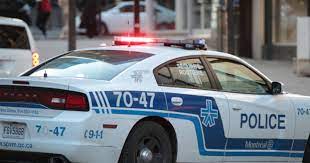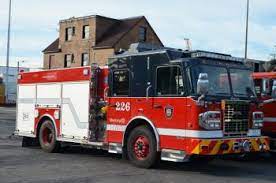Police Department
Here is a list of important areas in policing a neighbourhood:
- Crime prevention: This includes implementing proactive measures to prevent crime from occurring, such as community policing programs and regular patrol activities.
- Law enforcement: This includes responding to emergencies, investigating crimes, making arrests, and maintaining public order.
- Traffic control: This includes enforcing traffic laws, managing road closures, and directing traffic flow.
- Community relations: This includes building strong relationships with the community through engagement activities, such as community meetings, youth programs, and neighborhood watch groups.
- Emergency management: This includes responding to natural disasters, hazardous material incidents, and other emergency situations.
- Intelligence gathering: This includes gathering and analyzing information to identify and prevent criminal activity, and to assist in ongoing investigations.
- Evidence collection and preservation: This includes collecting, preserving, and analyzing physical evidence at crime scenes to support criminal investigations and court proceedings.
- Patrol and investigation: This includes patrolling the neighborhood to deter crime and respond to emergency situations, and conducting investigations to solve crimes and apprehend suspects.
- Training and professional development: This includes providing ongoing training and development opportunities to officers to enhance their skills and abilities.
- Use of force: This includes establishing policies and procedures for the use of force by officers, and ensuring that use of force is consistent with departmental guidelines and legal requirements.
Fire Department
An ideal or best practices for a neighbourhood fire department would typically include the following:
- Fire prevention education: Regular fire prevention education for residents to help them understand the causes of fires and how to prevent them, and to educate them about fire safety and emergency evacuation plans.
- Firefighting equipment and training: Adequate firefighting equipment and regular training for firefighters to ensure they are prepared to respond to emergencies effectively and efficiently.
- Emergency response protocol: Establishing a clear emergency response protocol that outlines the steps to be taken in the event of a fire or other emergency, including the role of each member of the fire department and the process for responding to emergencies.
- Community outreach and engagement: Active engagement with the community to build relationships, educate residents about the fire department's services, and understand the unique needs and challenges of the community.
- Equipment maintenance and inspection: Regular maintenance and inspection of firefighting equipment and facilities to ensure that everything is in good working order and ready for use in an emergency.
- Risk assessment and management: Assessment of the risks faced by the community and development of strategies to mitigate these risks, including fire inspections and fire code enforcement.
- Mutual aid agreements: Establishment of mutual aid agreements with neighbouring fire departments to ensure that resources and assistance can be quickly and effectively mobilized in the event of a major emergency.
- Budgeting and funding: Sound financial management and budgeting, including securing adequate funding for equipment, training, and personnel to ensure that the fire department has the resources it needs to provide effective services.
- Collaboration with other agencies: Collaboration with other emergency services, such as police, ambulance, and local government, to ensure a coordinated response to emergencies and to make the best use of available resources.
These are some of the key best practices for a neighbourhood fire department, and the specific practices may vary depending on the size, resources, and needs of the community.
.

.

.

.

.
